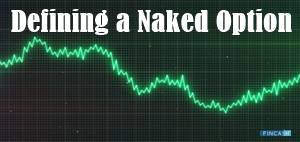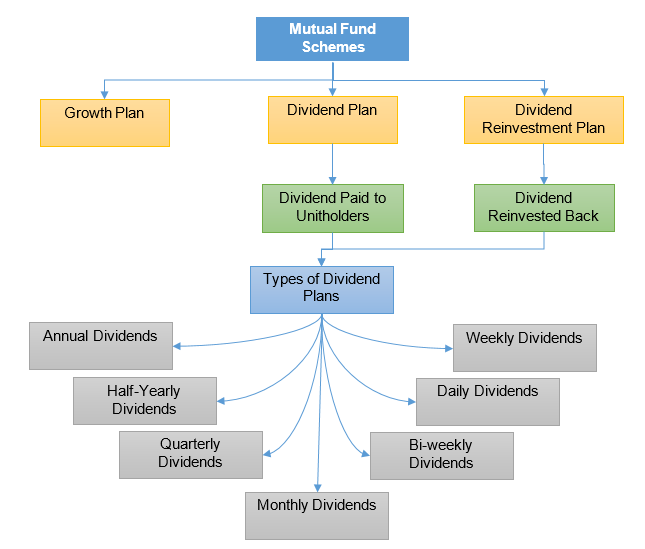
Defining Vanilla Option
A vanilla option can be defined as a Put Option or a Call Option that includes no usual or special features. Further, the price we are talking about is termed as the strike price, and the time period is referred to as the expiry date.

The holder of a vanilla option is given the right, but not the Obligation to sell or purchase an Underlying asset. In this case, the options trades won’t necessarily need to wait until the closure of the maturity date. A vanilla option is generally used as a hedging instrument by an entity or an individual.
Understanding Vanilla Options
Vanilla options can be used by companies, individuals, and institutional investors to speculate price movements of a certain financial asset or to hedge their exposure in a specific asset or Financial Instrument.
These options fall under the classification of derivative Financial Assets or instruments, known as Call or put options.
What are Calls and Puts?
As mentioned, there are two kinds of vanilla options: calls and puts.
Call options provide their holder with an exclusive right to purchase the underlier at a predefined strike price and on a predetermined time frame. On the other hand, put options allow the holder to sell the said asset based on similar conditions, that is, at a predetermined rate and on a specific date. In this case, the option seller is known as its writer.
Besides, writing or shoring an option can create an obligation to purchase or sell the financial instrument, in case the owner exercises the option.
Both calls and puts come with an expiry date. Hence, it imposes a time limit on the duration an Underlying Asset should move.
Additionally, one can combine vanilla options with exotic and binary options for creating customized outcomes.
Talk to our investment specialist
Features of Vanilla Options
Vanilla options are instruments having no unique or distinguishing characteristics. If one can trade vanilla options on exchanges like the CBOE (Chicago Board Options Exchange), they can be standardized.
A vanilla option is generally used as a speculating or hedging device. Traders and financial instruments can use it to speculate on the expected movements in the price of a specific asset. Whereas, the technique of hedging is expected to reduce the overall risk exposure associated with a given asset.
Options traders dealing with vanilla options don’t necessarily need to wait till the maturation date draws to a close. Neither is it compulsory for them even to exercise the particular option.
In this case, the premium depends on the similarity level found between three main factors -
a) The underlying asset’s price b) The time left until the asset reaches its date of maturity c) The underlier’s price Volatility
A premium refers to the price that the owner pays for owning the given option. This means that the higher the degree of price volatility of the underlying asset, the higher will be the premium to be paid by the owner.
Similarly, the premium is also directly proportional to the time period left until the maturity date of the asset.
All efforts have been made to ensure the information provided here is accurate. However, no guarantees are made regarding correctness of data. Please verify with scheme information document before making any investment.












